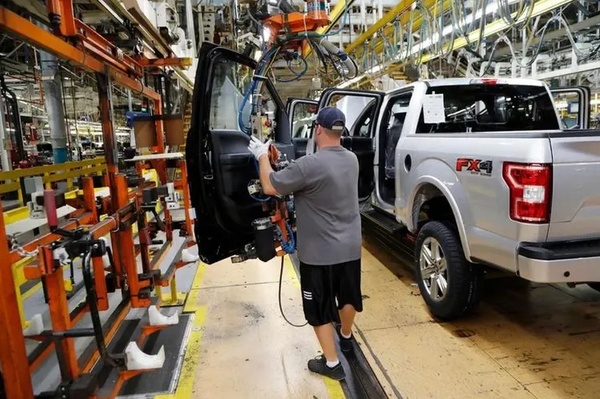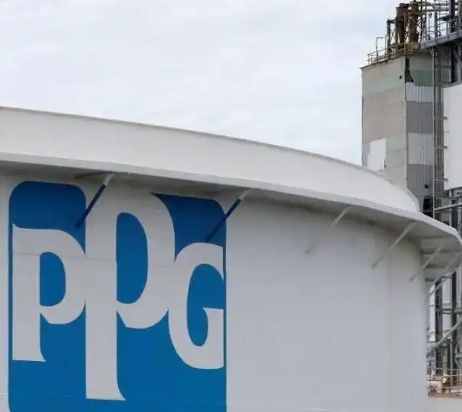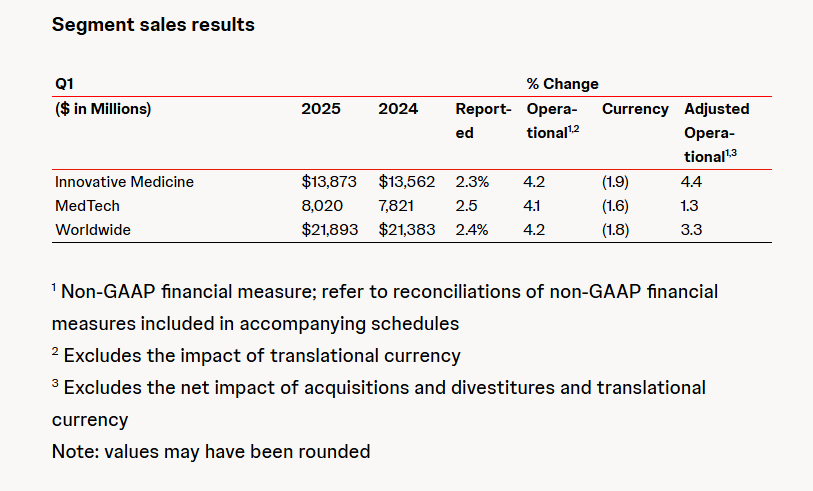I apologize, but I didn't receive any text to translate. Please provide the text you would like me to translate, and I will do my best to assist you.
-
The uncertainty of U.S. government policies has a negative impact on car demand.
-
The recovery of the automotive industry is expected to drive the demand for nylon 66.
Analysts from S&P Global note that the automotive industry, a major consumer of nylon, is expected to rebound in 2025. However, the uncertainty surrounding U.S. tariff policies casts a shadow over this expected recovery, affecting the industry's growth prospects accordingly.
At this year's World Petrochemical Forum, there was a viewpoint suggesting that potential changes in U.S. policies could impact automotive demand. As a result, many manufacturers have adopted a cautious approach in response to interest rate fluctuations and trade dynamics.
Standard & Poor's Global analysts said, "The policies of the new government are creating an environment with increased uncertainty and instability, which is dampening demand."
Prior to that, market participants were optimistic that the US automotive industry development would drive up gasoline prices. Despite a forecast of a rebound in consumer demand starting in April, concerns about the potential impact of tariffs and stable phenyl prices continued to worry investors, as these two factors have a key impact on gasoline prices.
Nylon, with its high strength, durability, and lightweight properties, is widely used in the automotive industry, covering engine components, interior trim, electrical systems, and parts under the engine hood.
According to OPIS's chemical market analysis firm, the automotive industry is the largest consumer of nylon 66, accounting for more than half of the total nylon consumption in engineering applications.
Market feedback indicates that the automotive demand, which was originally expected to boost nylon demand growth, has not met expectations. Sources say that last year's automotive demand was weak, and although there has been a slight increase this year, it still remains unsatisfactory.
The demand for automobiles has fallen short of expectations, mainly due to factors such as the inflation rate, its impact on consumer purchasing power affecting purchase decisions, and the uncertainty brought about by the current U.S. government's business strategy.
Early this year, sources said: "Demand for composite materials in automotive applications appears to be improving."
However, by mid-March, another source said, "The numerous uncertainties stemming from trade issues have dampened the optimism in the automotive industry."
Due to stagnant demand from the construction and automotive industries, the consumption of nylon in downstream derivative markets has remained flat. However, if the automotive sector experiences a recovery, it would significantly boost overall demand for nylon, particularly for nylon 66. Nonetheless, the automotive industry faces numerous challenges, such as political uncertainty, economic factors, and competitive pressures, which could alter its growth trajectory.
On March 24, Platts assessed the price of nylon 6 (PA6) ex-works in the Southeastern US at 94 cents/lb, with prices stable on the day. The price of nylon 66 (PA66) ex-works in the Southeastern US was assessed at 144 cents/lb, also stable on the day.









